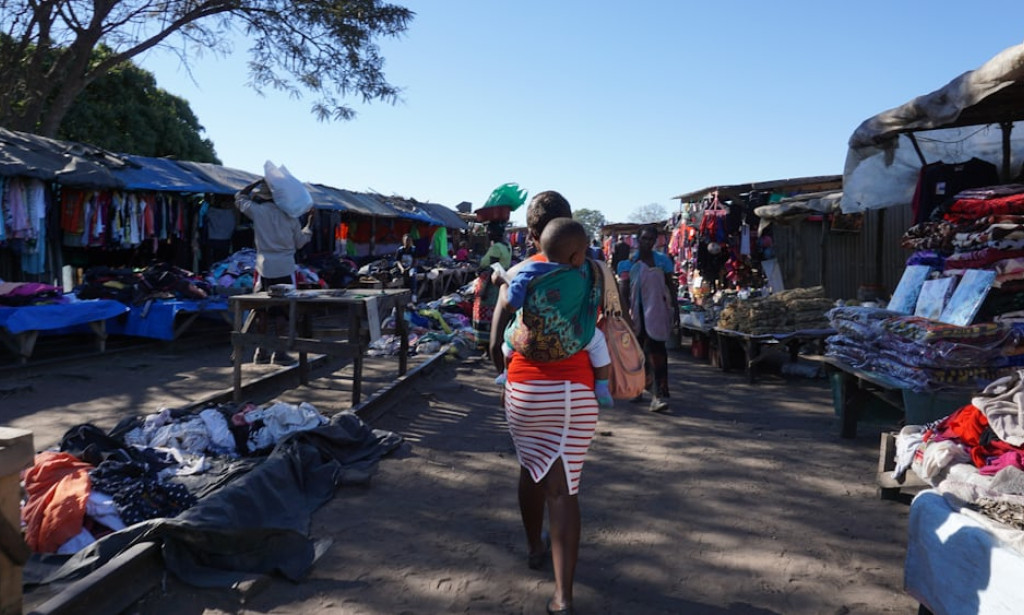Economic Overview
After two decades of positive growth, Zambia faced a contraction in GDP by 2.8 percent in 2020, influenced by unsustainable debt, environmental factors, and the global pandemic’s impact. However, under President Hakainde Hichilema’s leadership, the economy showed signs of recovery with a growth of 4.3 percent in 2021 and a forecasted growth of 3.1 percent in 2022.
Market Dynamics
The Zambian market is characterized by liberalized prices and lacks currency controls. Its main export partners include Switzerland, China, and the Democratic Republic of the Congo, with copper, cobalt, and precious stones like emeralds being the primary exports. Imports mainly come from South Africa and consist of machinery, rubber, and vehicles1.
Investment Climate
Investors have shown pessimism towards the Zambian market, reflected in the market’s low price-to-earnings ratio compared to its historical average. This sentiment is due to expectations of slower earnings growth2. Despite this, the market has seen a 71% increase over the past year, with earnings expected to grow by 34% per annum2.
Challenges and Prospects
Zambia’s reclassification by the World Bank as a lower-income country in 2022, after previously achieving middle-income status, indicates the economic challenges it faces. The country’s reliance on the United States and Europe for tourism services exports and the competitive nature of consulting and financial services are areas with potential for growth1.
Conclusion
The Zambian market is at a crossroads, with economic recovery underway but facing significant challenges. The government’s pro-business stance and macroeconomic reforms guided by an IMF program are expected to address structural weaknesses. The commitment to democratic values and the pursuit of economic growth present a hopeful outlook for the nation’s market status.
This article provides a comprehensive view of Zambia’s market, highlighting the recent economic downturn and the subsequent recovery efforts. It also discusses the investment climate and the challenges that lie ahead, offering a detailed perspective on the country’s economic trajectory.

You must be logged in to post a comment.